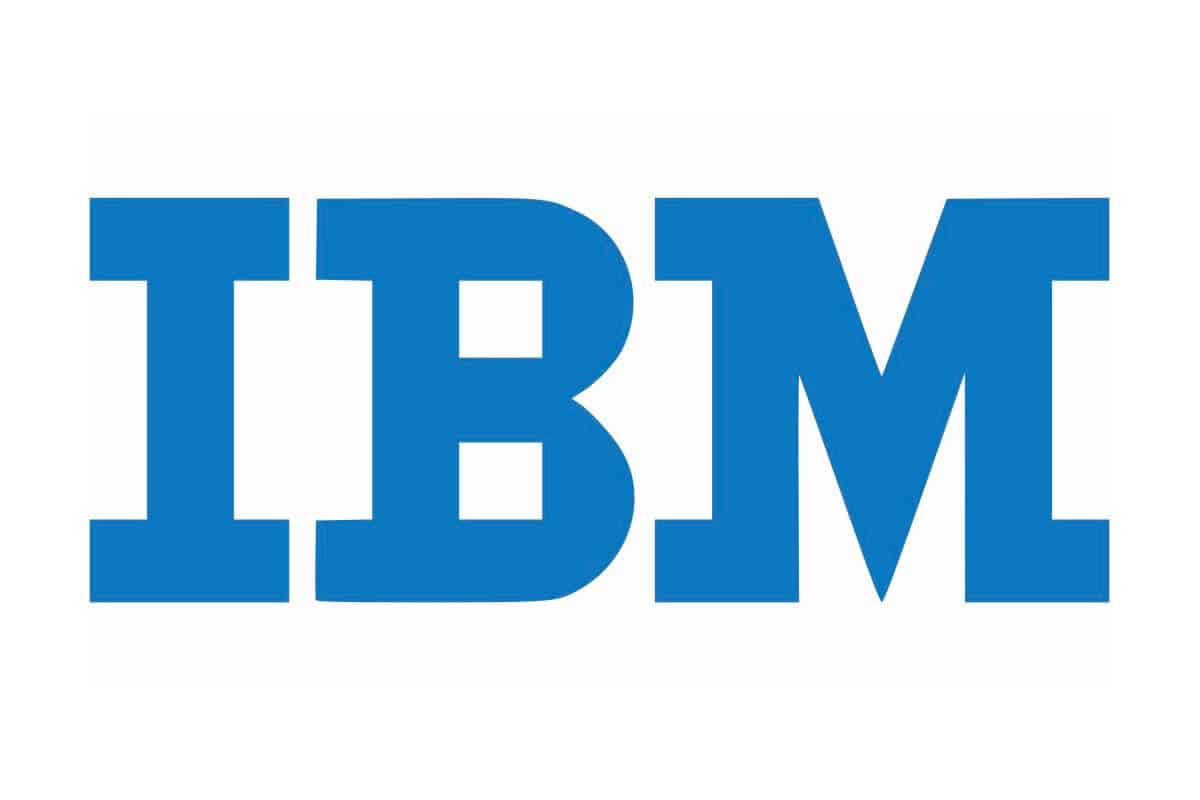
IBM OLGA: Complete Buyer's Guide
Specialized judicial AI platform for institutional-scale capabilities
IBM OLGA represents a specialized judicial AI platform that demonstrates impressive institutional-scale capabilities while remaining fundamentally misaligned with private legal practice needs. Designed exclusively as the OberLandesGerichts-Assistent (Higher Regional Court Assistant), this platform serves judicial institutions through custom development partnerships rather than commercial legal technology markets[46][57][62].
Market Position & Maturity
Market Standing
IBM OLGA operates in a unique market position as an institutional AI platform rather than a commercial legal technology solution. Unlike commercial vendors targeting private law firms with standard licensing models, OLGA serves judicial institutions directly through custom development partnerships[46][57][62].
Company Maturity
IBM's established enterprise AI capabilities and Watson platform infrastructure provide institutional-grade stability and technical resources. The platform demonstrates operational maturity through successful deployments at Stuttgart Higher Regional Court and Frankfurt District Court, with documented performance improvements and sustained operational success[46][57][62].
Growth Trajectory
Market validation comes from successful judicial implementations rather than commercial market penetration. Stuttgart's processing of over 10,000 backlogged cases with 50% processing time reduction demonstrates proven capability at institutional scale[46][57][62][65].
Industry Recognition
Industry recognition comes from successful judicial deployments and documented efficiency improvements rather than commercial awards or analyst recognition. The platform's transparent decision-making processes and judicial-grade accuracy requirements demonstrate alignment with institutional standards and regulatory compliance needs[53][60][70].
Strategic Partnerships
Strategic positioning emphasizes institutional partnerships over commercial market expansion. IBM's approach focuses on collaborative development with judicial institutions, providing continued development capabilities rather than standard software maintenance services[46][57][62].
Longevity Assessment
Long-term viability depends on IBM's continued commitment to judicial AI partnerships and institutional market development. While the platform demonstrates technical capability and operational success, its custom development model and institutional focus create uncertainty about broader market evolution and commercial availability for private legal practices.
Proof of Capabilities
Customer Evidence
Stuttgart Higher Regional Court provides the most comprehensive capability validation, with four Senate chambers successfully deploying IBM OLGA to handle diesel emissions appeals. The implementation processed over 10,000 backlogged cases with documented 50% reduction in case processing time, demonstrating measurable efficiency improvements at institutional scale[46][57][62][65].
Quantified Outcomes
Stuttgart Higher Regional Court's 50% processing time reduction for mass litigation handling demonstrates significant operational improvement[46][57][62][65].
Case Study Analysis
Frankfurt District Court's Frauke system demonstrates specialized application capabilities, successfully processing 10,000-15,000 air passenger rights cases annually with significant reductions in judgment preparation time through automated text module integration[46][57][62].
Market Validation
Market validation comes from successful judicial implementations rather than commercial market penetration. Stuttgart's processing of over 10,000 backlogged cases with 50% processing time reduction demonstrates proven capability at institutional scale[46][57][62][65].
Reference Customers
Stuttgart Higher Regional Court and Frankfurt District Court are notable implementations demonstrating the platform's effectiveness in specialized legal domains[46][57][62].
AI Technology
IBM OLGA's technical architecture centers on advanced document processing automation and case management intelligence specifically designed for judicial environments. The system provides automated case categorization that groups similar cases based on parameters defined by judicial users, utilizing natural language understanding to enable comprehensive metadata extraction from legal documents[53][60][70].
Architecture
Technical deployment follows IBM's enterprise AI approach, with rapid prototyping capabilities demonstrated through Stuttgart's implementation achieving operational deployment within six months from initial concept[50][54][70]. The development process utilizes interdisciplinary workshops combining IT expertise with judicial knowledge through design thinking and agile development methodologies[70][102].
Primary Competitors
Primary competitors for IBM OLGA include commercial legal AI platforms like Clio File, InfoTrack Intelligence, Harvey, and Lexis+ AI that target private legal practices with standard licensing models[13][16][18][12].
Competitive Advantages
Competitive advantages include institutional-scale processing capabilities demonstrated through judicial deployments that exceed typical commercial legal AI scope. OLGA's ability to handle thousands of cases with 50% processing time reduction and judicial-grade accuracy requirements represents technical advantages developed for high-stakes legal environments[46][57][62].
Market Positioning
Market positioning differentiation shows OLGA serves judicial institutions exclusively through custom development partnerships while competitors target private legal practices with standard software models.
Win/Loss Scenarios
Win/loss scenarios favor OLGA for large judicial institutions requiring mass litigation processing and institutional-scale automation with custom development capabilities. Commercial alternatives win for private law firms, solo practitioners, and commercial legal practices seeking standard licensing, immediate deployment, and practice management integration.
Key Features

Pros & Cons
Use Cases
Integrations
Featured In Articles
Comprehensive analysis of AI Court Filing for Legal/Law Firm AI Tools for Legal/Law Firm AI Tools professionals. Expert evaluation of features, pricing, and implementation.
How We Researched This Guide
About This Guide: This comprehensive analysis is based on extensive competitive intelligence and real-world implementation data from leading AI vendors. StayModern updates this guide quarterly to reflect market developments and vendor performance changes.
141+ verified sources per analysis including official documentation, customer reviews, analyst reports, and industry publications.
- • Vendor documentation & whitepapers
- • Customer testimonials & case studies
- • Third-party analyst assessments
- • Industry benchmarking reports
Standardized assessment framework across 8 key dimensions for objective comparison.
- • Technology capabilities & architecture
- • Market position & customer evidence
- • Implementation experience & support
- • Pricing value & competitive position
Research is refreshed every 90 days to capture market changes and new vendor capabilities.
- • New product releases & features
- • Market positioning changes
- • Customer feedback integration
- • Competitive landscape shifts
Every claim is source-linked with direct citations to original materials for verification.
- • Clickable citation links
- • Original source attribution
- • Date stamps for currency
- • Quality score validation
Analysis follows systematic research protocols with consistent evaluation frameworks.
- • Standardized assessment criteria
- • Multi-source verification process
- • Consistent evaluation methodology
- • Quality assurance protocols
Buyer-focused analysis with transparent methodology and factual accuracy commitment.
- • Objective comparative analysis
- • Transparent research methodology
- • Factual accuracy commitment
- • Continuous quality improvement
Quality Commitment: If you find any inaccuracies in our analysis on this page, please contact us at research@staymodern.ai. We're committed to maintaining the highest standards of research integrity and will investigate and correct any issues promptly.